Hi!, I’m MOTOHICO.
This time, I will provide information on accommodation in the Osaka area for foreign visitors to Japan.
If you have already been to Japan many times, you may be aware of the various features, but we will provide information for beginners.
This time it is information on Osaka area, but next time we are thinking about Tokyo area.
First, Osaka is roughly divided into two areas. One is on the north side (called Kita) and the other is on the south side (called Minami).
You can move Kita and Minami on the subway Midosuji Line. About 15 minutes.
Kita area
Kita has Osaka Station and Shin-Osaka Station on the Shinkansen, which is a convenient area for traveling to Tokyo, Nagoya and Hakata by Shinkansen. You can move to Kyoto by local train (Special Rapid or Rapid service).
Namba Station and Tennoji Station are placed in Minami, and access from Kansai International Airport is very convenient by Nankai Electric Railway (Express “Rapit”) and JR Express (Haruka).
Luxury hotels in the Kita area include Ritz-Carlton, Rihga Royal, Intercontinental, Imperial Hotel, Conrad, New Otani, Hotel Hankyu International, Westin, and ANA Crown Plaza and Marriott.
In Japan, a reasonable hotel is called a business hotel, but there are cases where the room is smaller and the breakfast is not included.
For example, there are APA Hotel, Toyoko Inn, and Livemax. It is a popular hotel for visitors to Japan who want to stay at the hotel and want to reduce the cost of accommodation. There are these hotels in the Kita area, and you can also make a reservation.
Minami area
Minami has many tourist spots for visitors to Japan. For example, Tsutenkaku and Doutonbori. If you want to stay close to a sightseeing spot, we recommend that you book a hotel in the Minami area.
There are Marriott Miyako, Hotel Nikko Osaka and Sheraton Miyako Hotel in Minami, but there are few luxury hotels compared to Kita.
There are many business hotels.Recently, FP HOTELS is famous for foreigners in Minami. There are several places in Minami.
Minami has an area where many visitors are staying. It’s called the Nishinari district.
The Nishinari area can be reached on foot from “Dobutsuen-mae” on the subway Midosuji Line, “Tengajaya” on the Subway Sakaisuji Line or Nankai Electric Railway, “Shin-Imamiya” or “Tennoji” on the JR Line.
In recent years, Nishinari has been developed as an inbound district, and many foreigners are staying there. You can interact with people from various countries during your stay. This area is recommended for long-term stays. Because the accommodation fee is very cheap.
If you are not particular about the facilities, there are hotels that cost around 1000 yen per night.
Thank you.

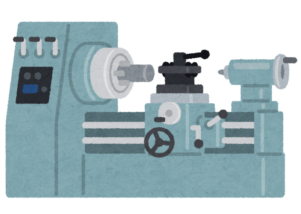

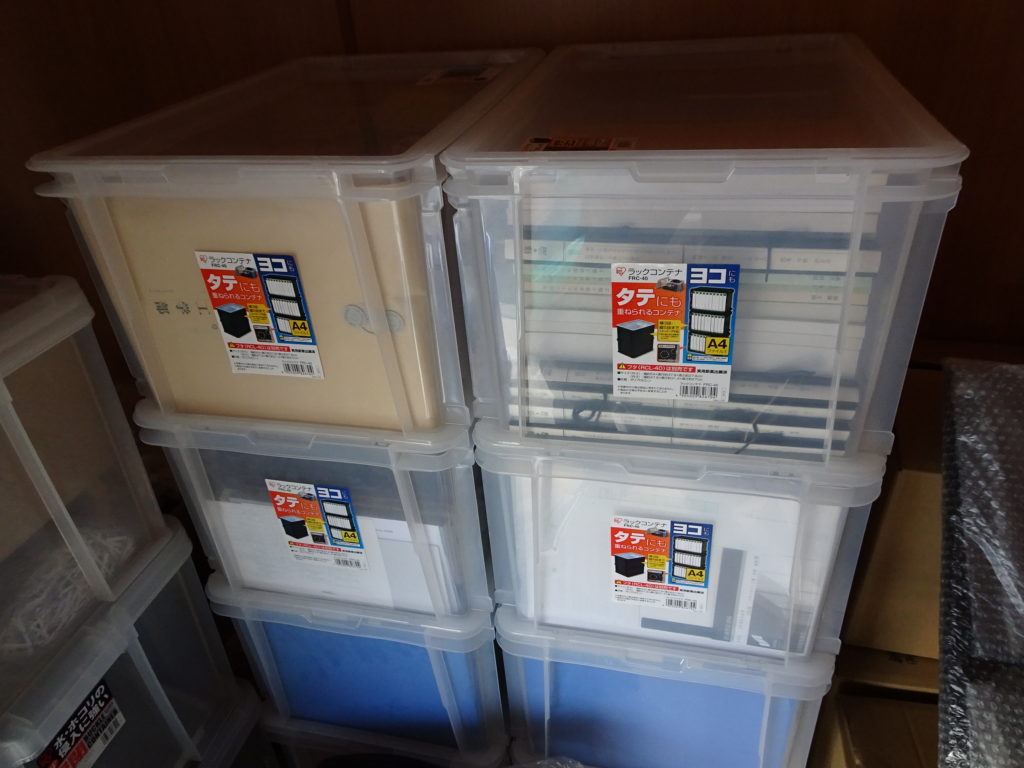
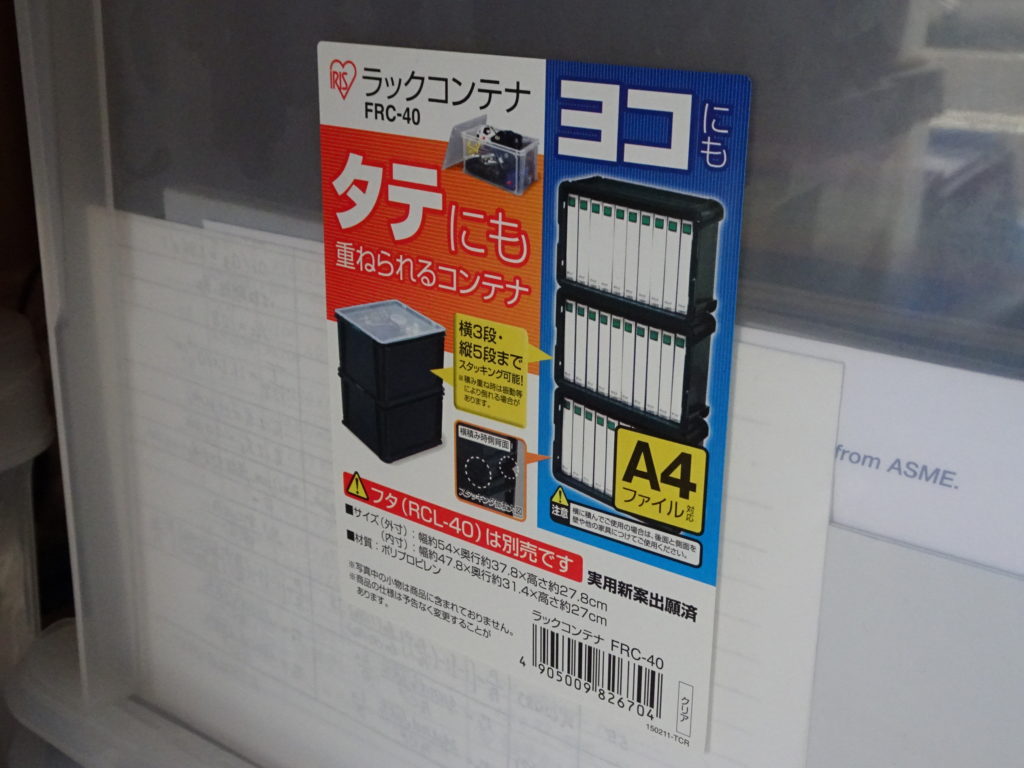
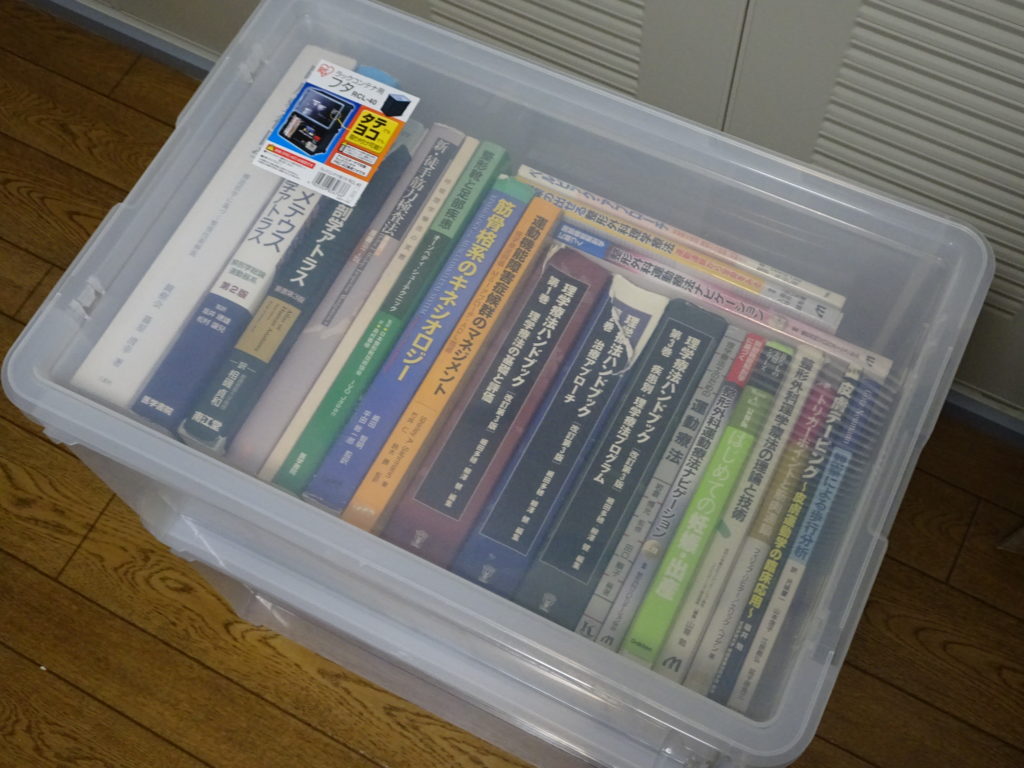
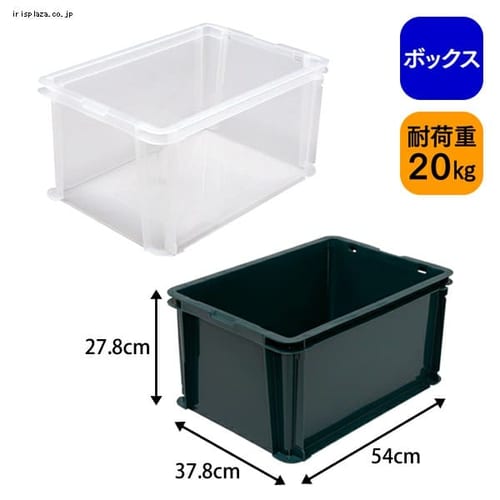
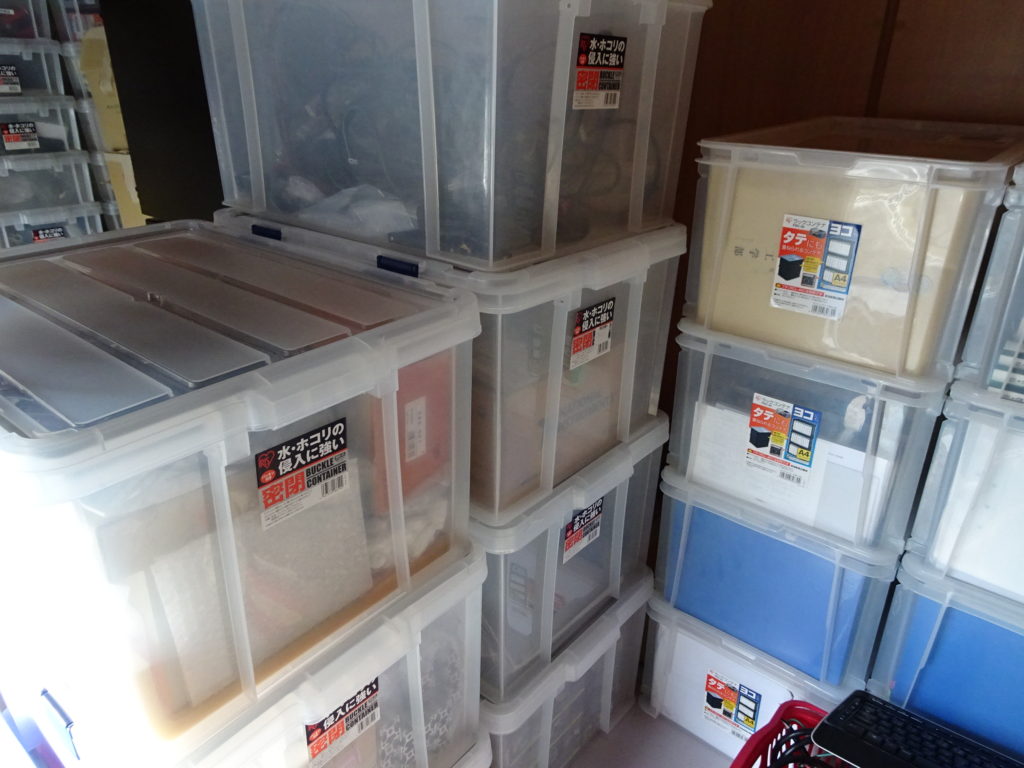
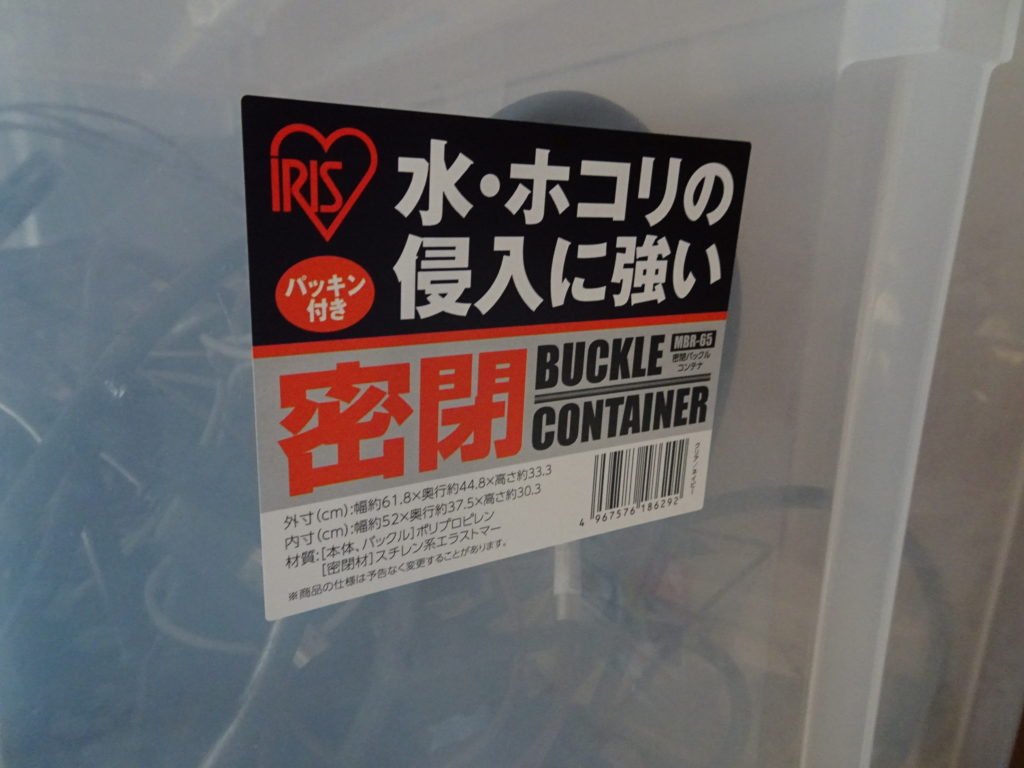
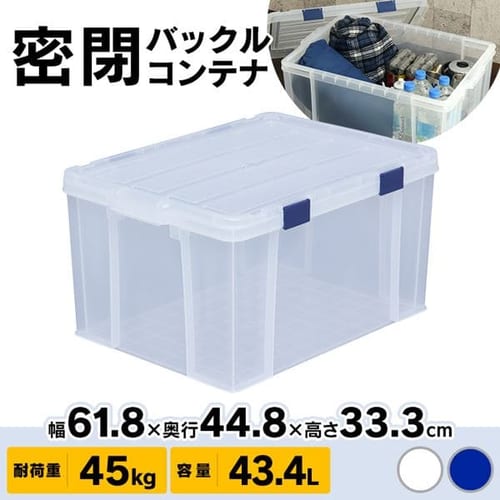


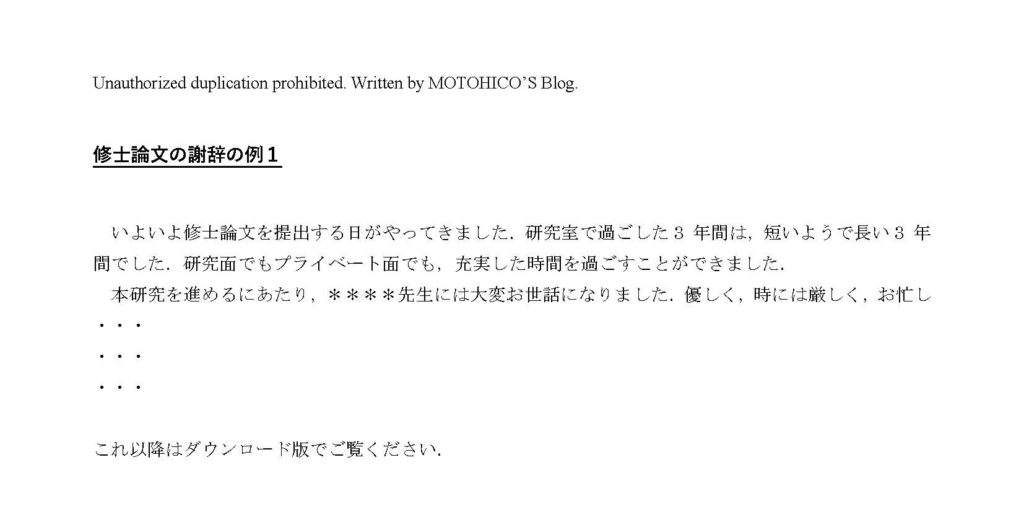
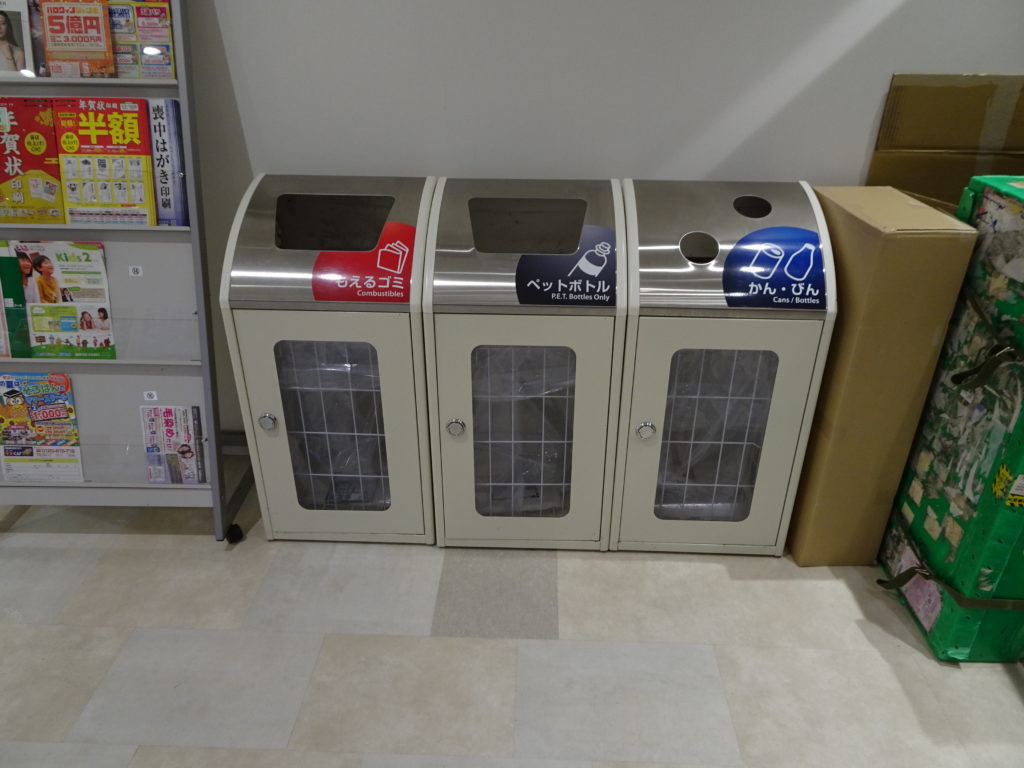
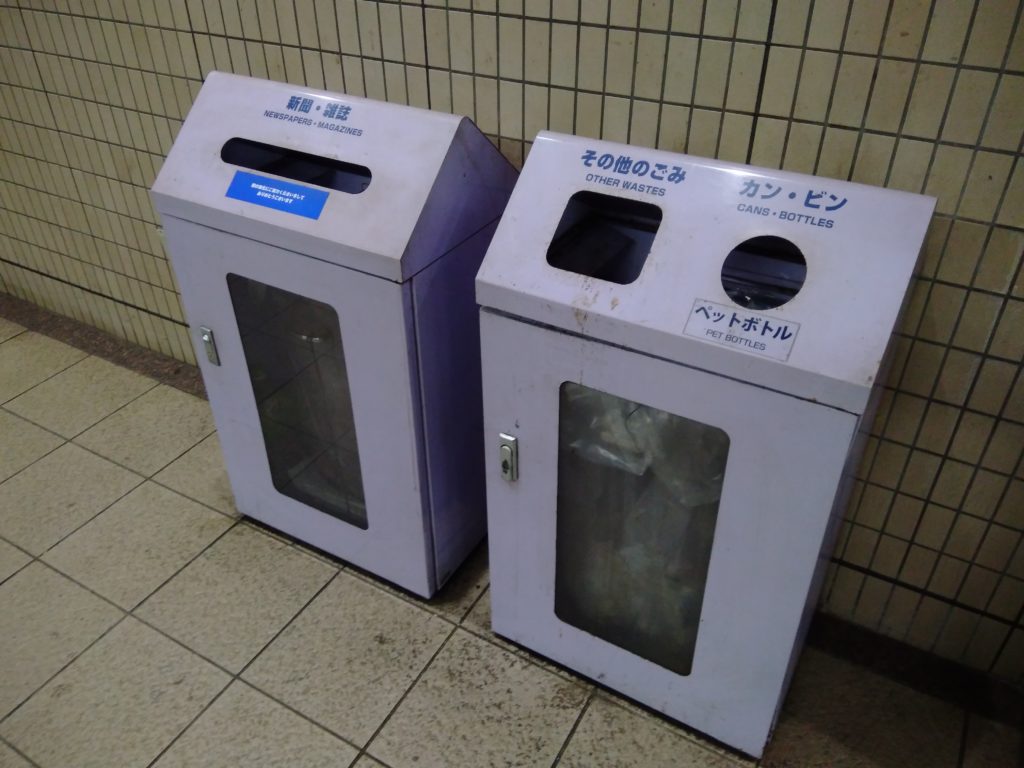

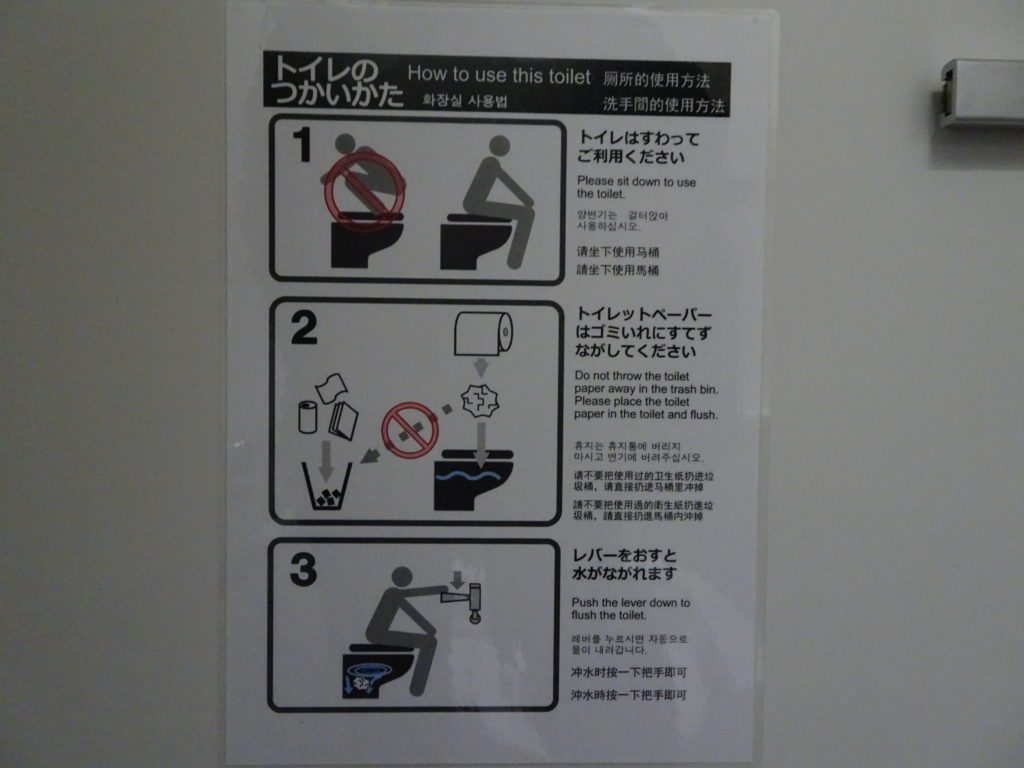
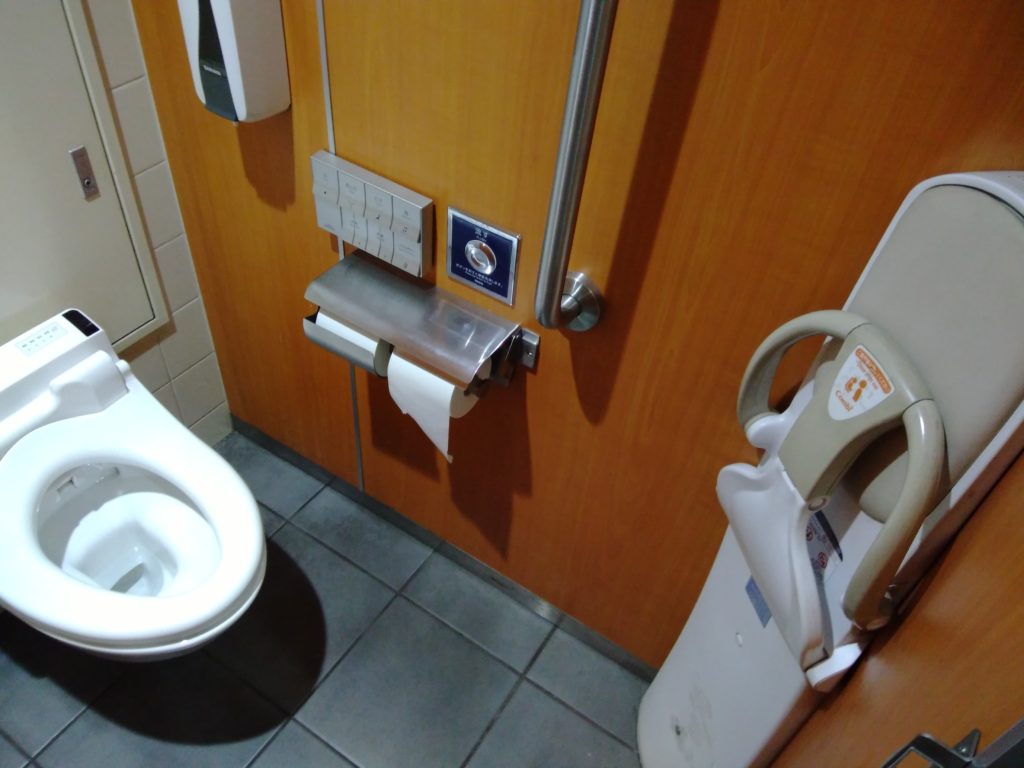

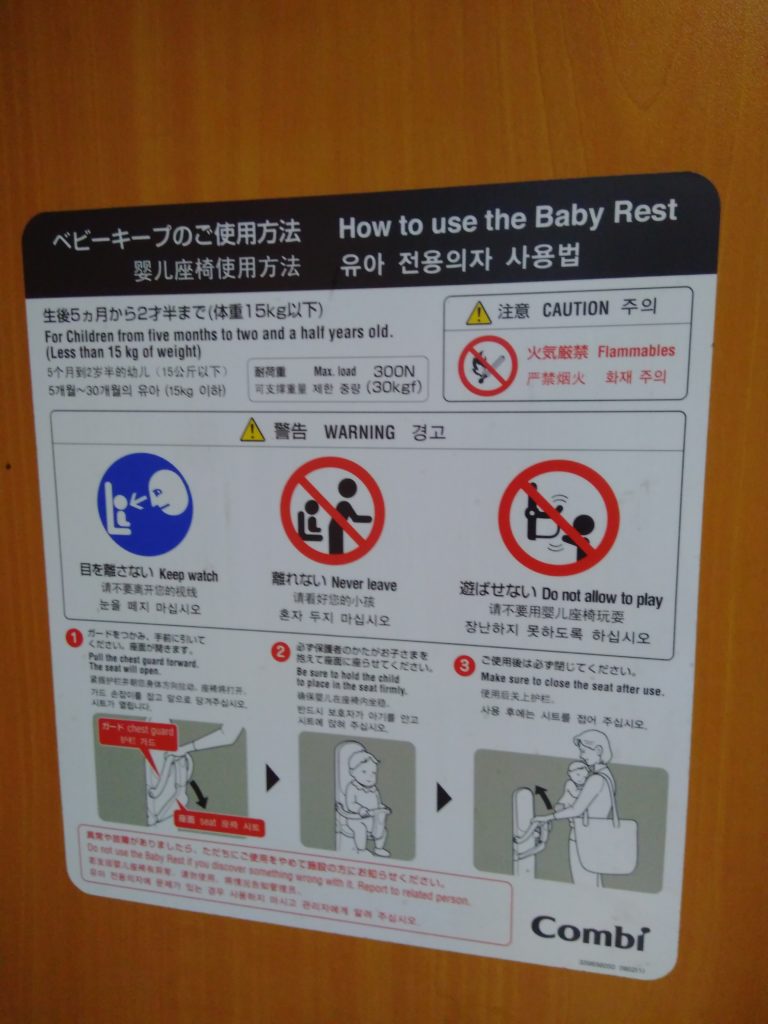
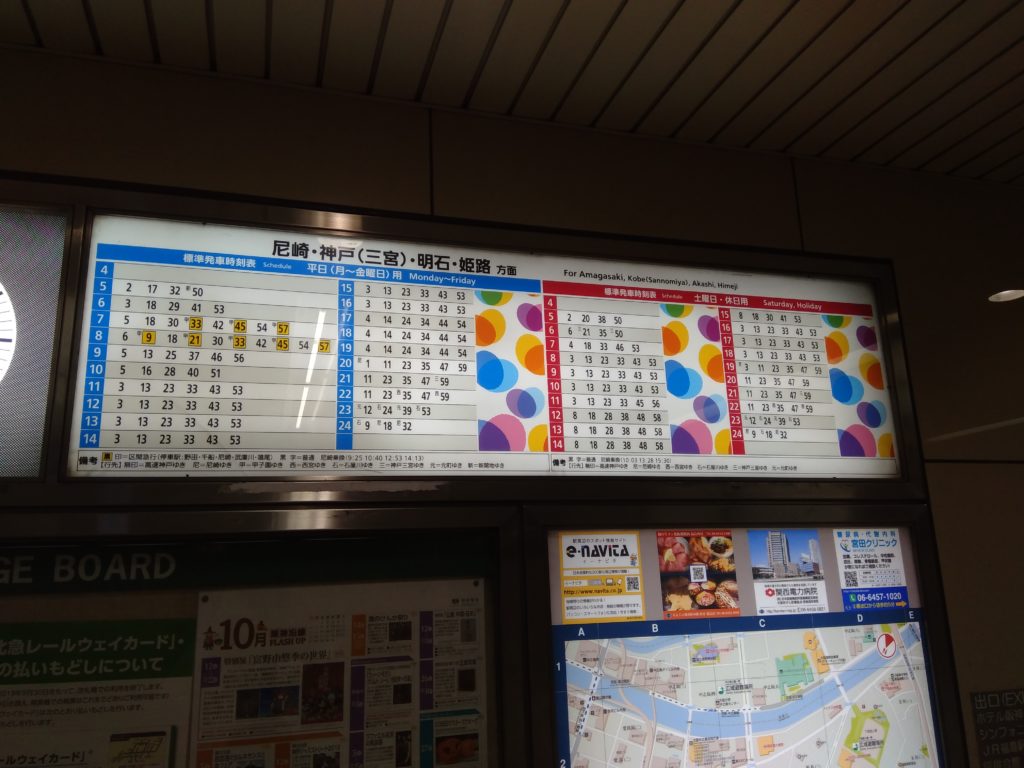


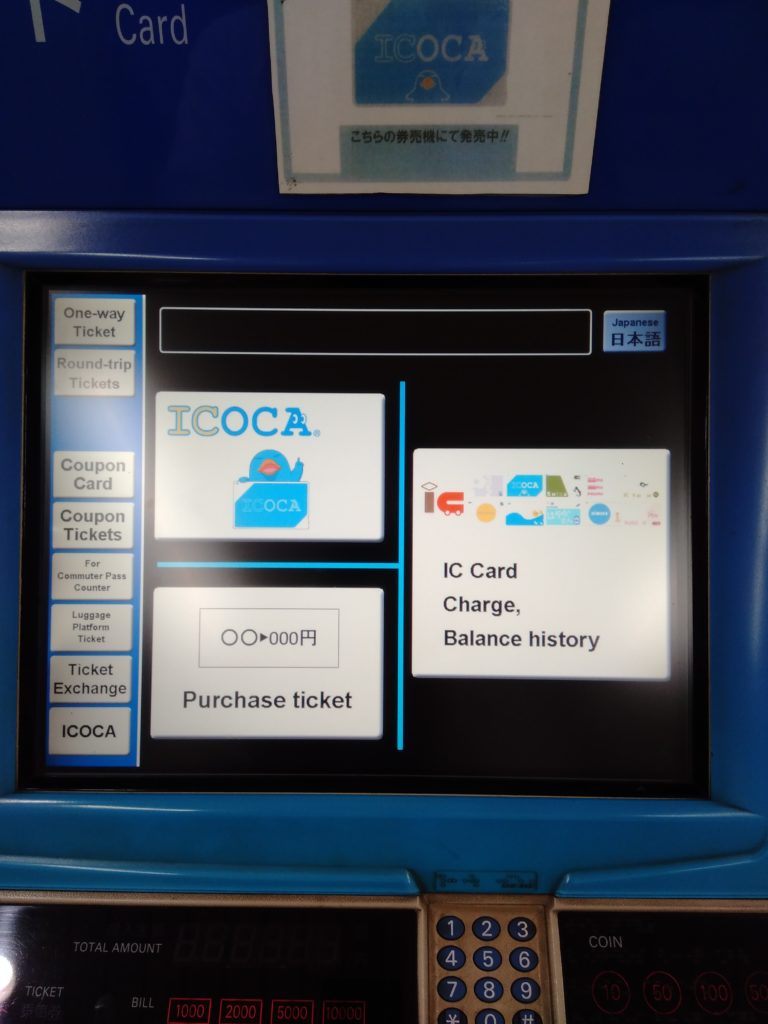
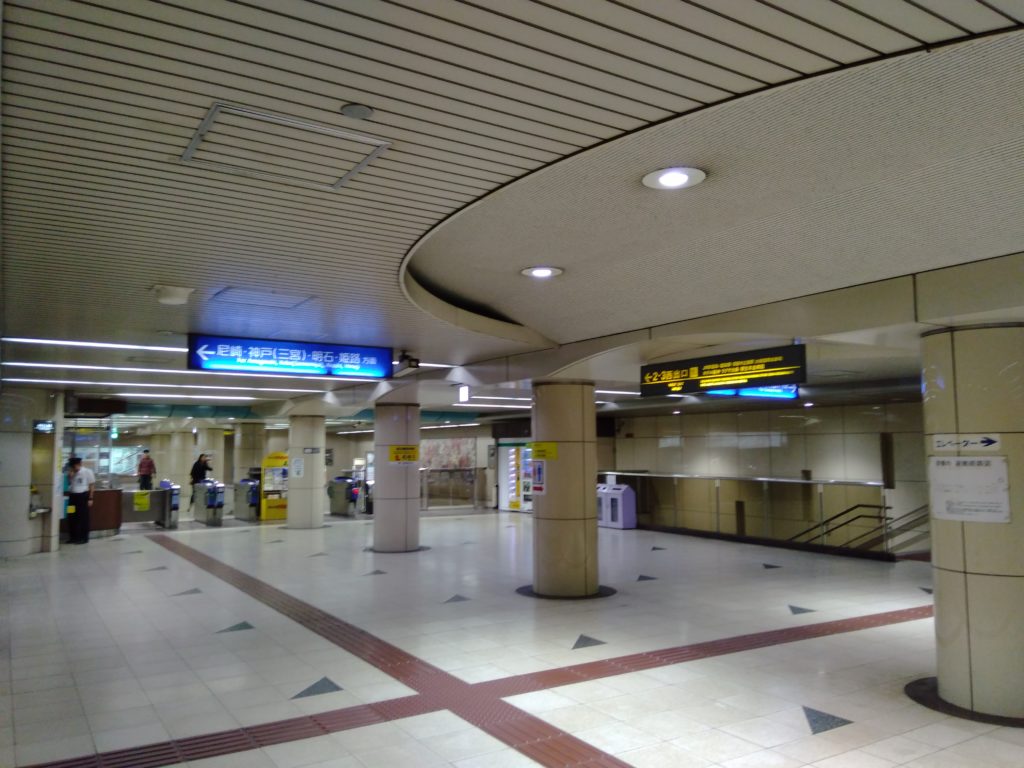
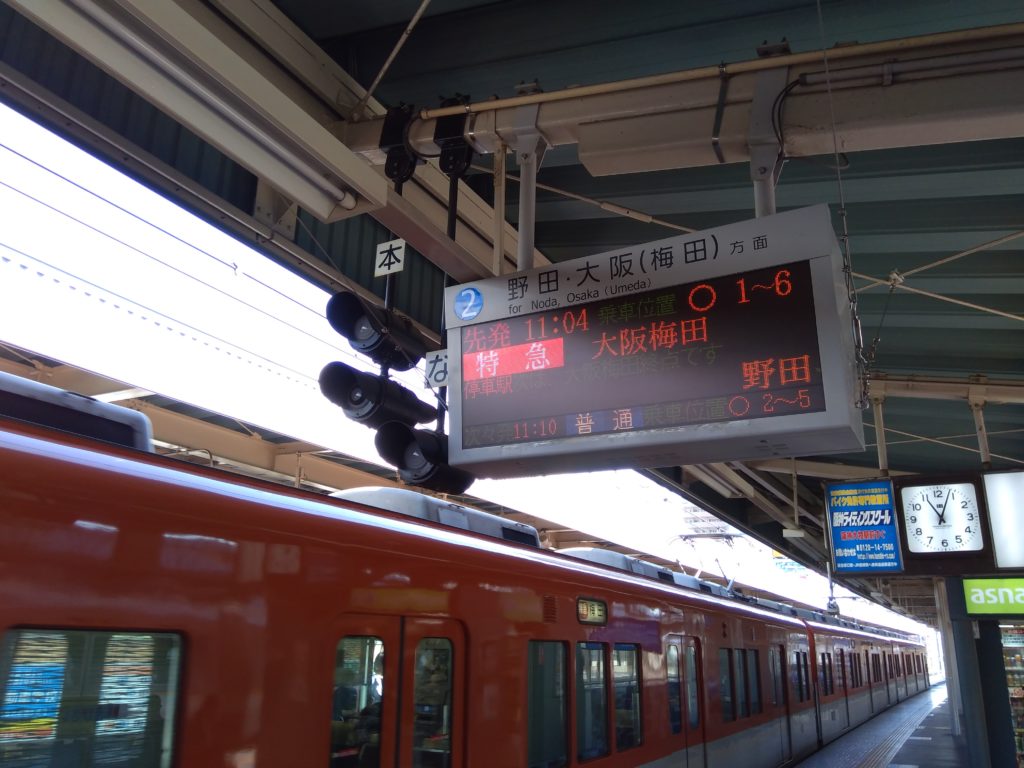
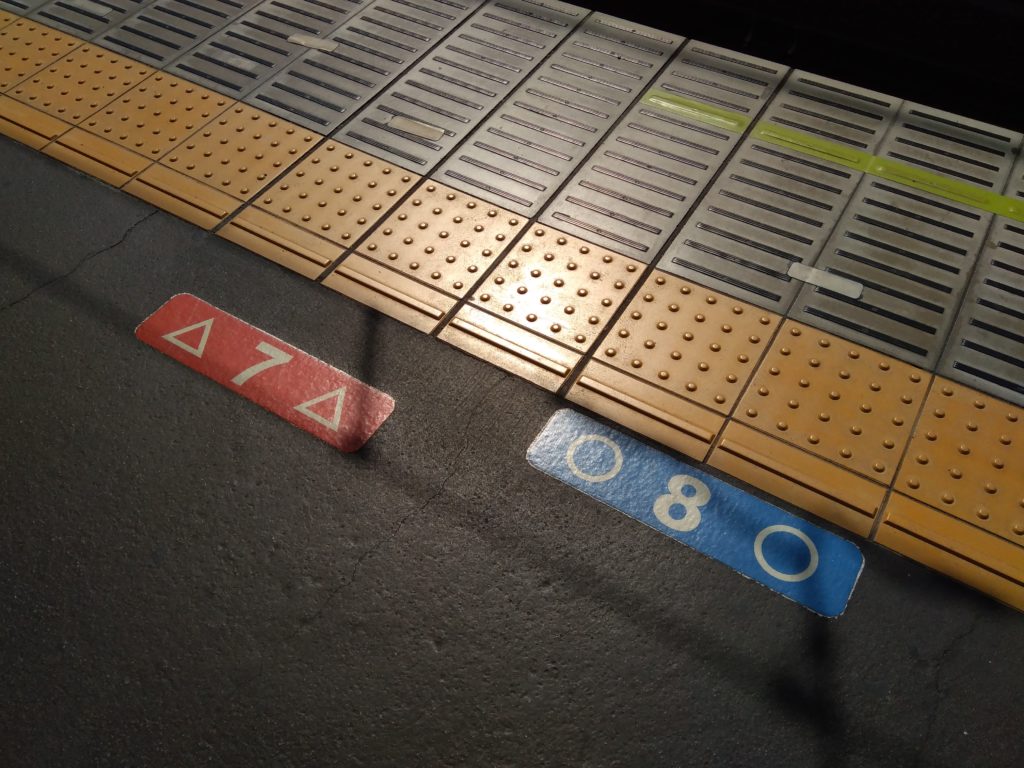
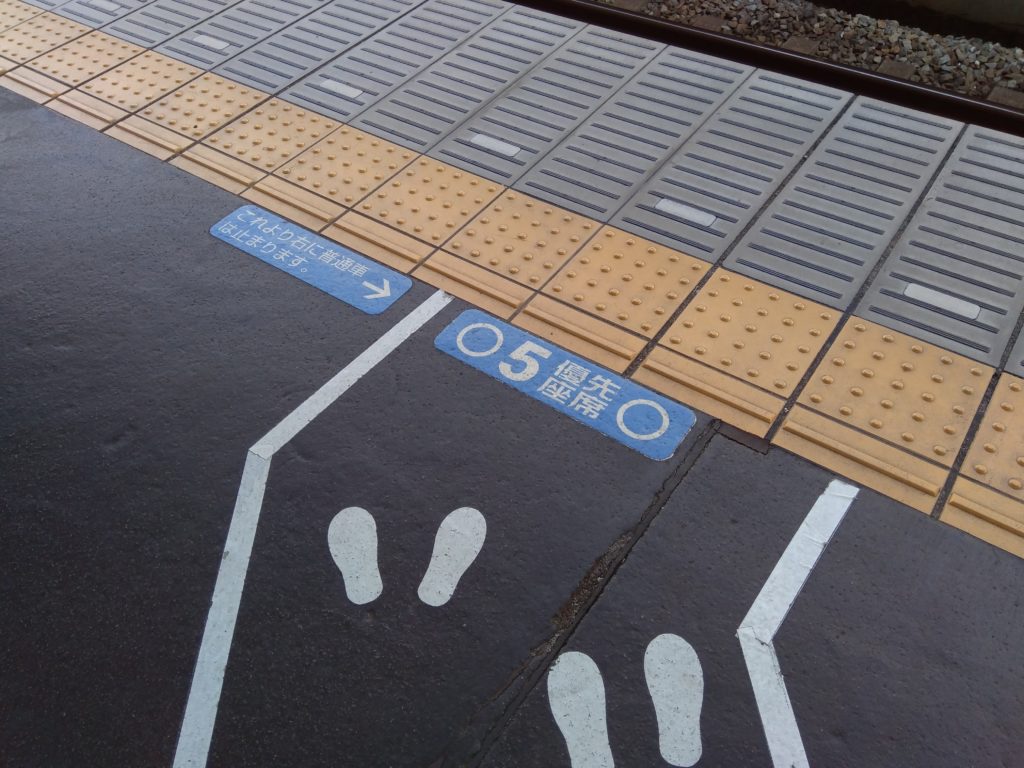
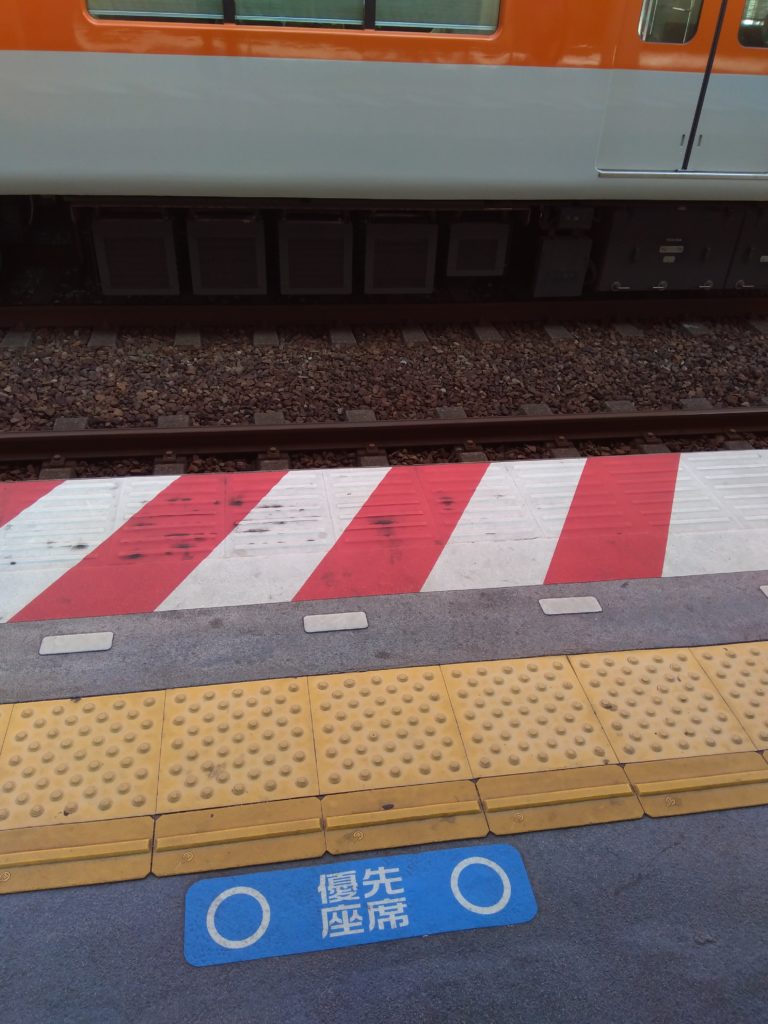
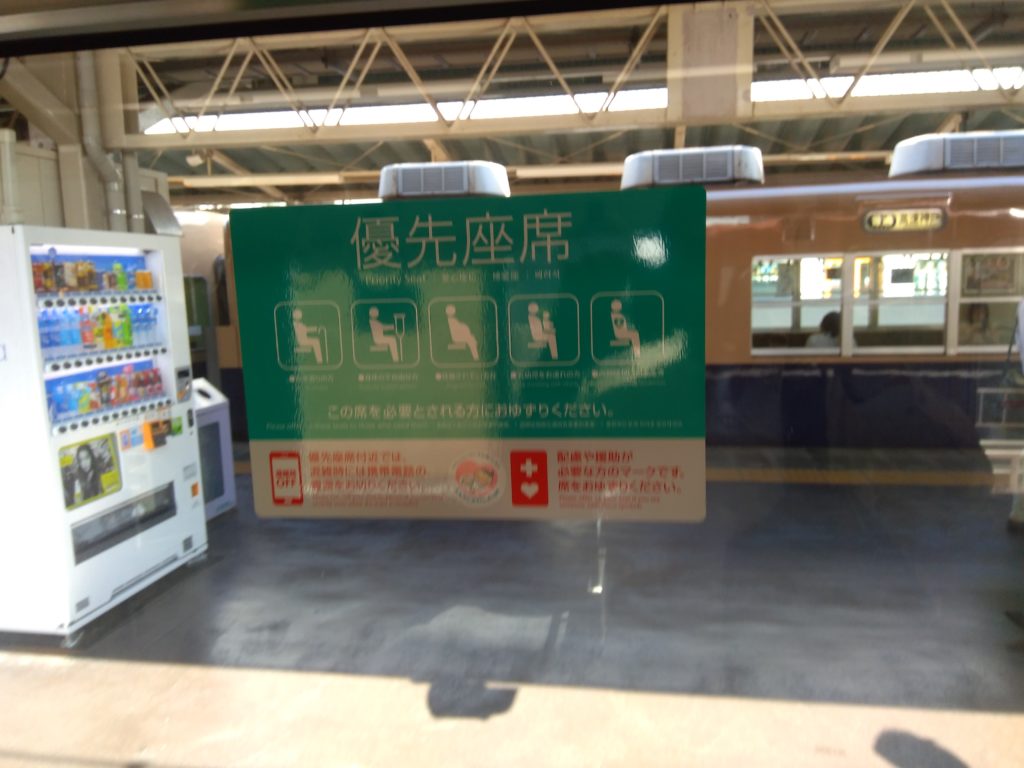

最近のコメント